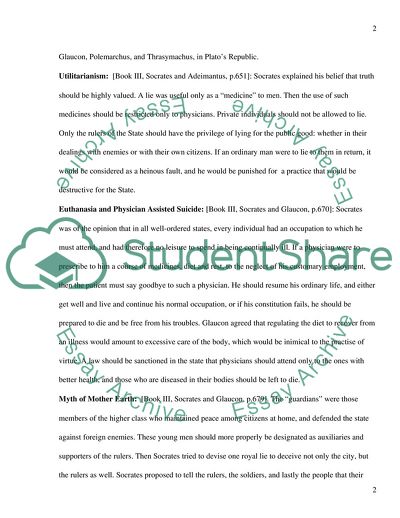Cite this document
(Platos Royal Lies and Manuscript Illustration in Islamic Art Assignment, n.d.)
Platos Royal Lies and Manuscript Illustration in Islamic Art Assignment. https://studentshare.org/philosophy/1704707-2q
Platos Royal Lies and Manuscript Illustration in Islamic Art Assignment. https://studentshare.org/philosophy/1704707-2q
(Platos Royal Lies and Manuscript Illustration in Islamic Art Assignment)
Platos Royal Lies and Manuscript Illustration in Islamic Art Assignment. https://studentshare.org/philosophy/1704707-2q.
Platos Royal Lies and Manuscript Illustration in Islamic Art Assignment. https://studentshare.org/philosophy/1704707-2q.
“Platos Royal Lies and Manuscript Illustration in Islamic Art Assignment”. https://studentshare.org/philosophy/1704707-2q.


